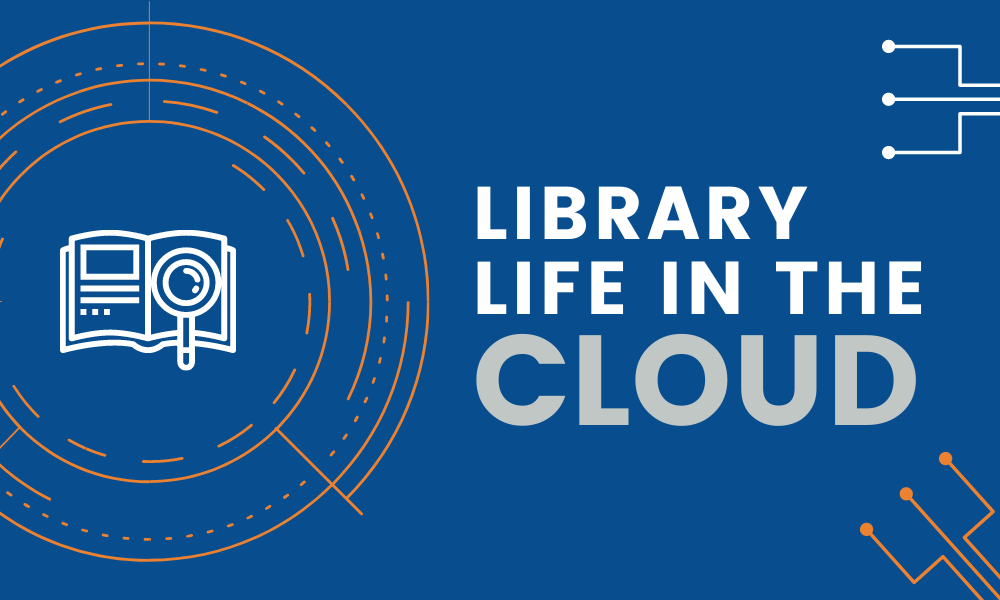Dr. James A. Duke, a world-renowned botanist for the USDA Agricultural Research Service (ARS), passed away in December 2017 at the age of 88. He was a pioneer in the study of alternative crops and the chemical makeup of plants for medicinal and pharmaceutical purposes.
Preserving archival data and research such as Dr. Duke’s is important not only as an historical library project, but for its modern relevance to current and future generations. His groundbreaking research is archived in the agency’s National Agricultural Library (NAL), an LAC Federal client. By making the information publicly available, his legacy is being continued. And as the research was federally funded, it also fulfills the agency’s responsibility to make this information freely available to the public.
Preserving and sharing Dr. Duke’s plant research
Duke was chief of ARS’s Medicinal Plant Laboratory and Economic Botany Laboratory in Beltsville, Maryland. He was especially known for his Latin American research. In the 1960s, he interrupted his service at ARS to work for a private company on a project studying how US government activities in the Panama Canal zone could impact the health of indigenous people in the region.
After his return to USDA in the 1970s, he authored several notable books including the Handbook of Legumes of World Economic Importance (Plenum Press, c. 1980; Jodhpur, c. 2002) and later the Handbook of Medicinal Herbs (CRC Press, 1985, 2001, and 2002). During the next decade he was occupied with a National Cancer Institute-sponsored study of world plants containing potential anti-cancer properties, which took him to such locations as China and Egypt.
Duke’s archival Phytochemical and Ethnobotanical Database at NAL is a major repository of documented plant data that he collected over many years, much of it taken from his Handbook of phytochemical constituents of GRAS herbs and other economic plants published in 1992. (Note that GRAS means Generally Regarded as Safe.)
Jonathan Sears, one of our technical information specialists on long-term assignment at NAL’s Knowledge Services Division, emphasizes the importance of keeping Dr. Duke’s research alive. Jonathan is a data scientist and curator working on NAL’s Ag Data Commons, one of the most popular sites at NAL in terms of the number of hits.
Describing the services that LAC provides to NAL, Jonathan tells us,
“NAL hosts Ag Data Commons, whose mandate is to be the central repository for data supporting the mission of USDA. I also serve as the contact person for Dr. Duke’s databases, along with project lead Cyndy Parr and developer Gary Moore. The original system goes back to 1994 and had a different interface. We’ve added functionality to the database, did user testing and made enhancements. We put a new face on it to give our users more options for downloading content.”
According to Jonathan, the raw database tables are available for download in the public domain, and the searchable database is compiled from a large corpus of peer-reviewed articles, literature and books.
“Although some long-term users still have a fondness for the original database, now it’s possible to search by chemical activity or ethnobotanical uses for a particular plant. This new interface has mapping capabilities, so people who like the old format can translate queries into the new format.”
For laypersons, Jonathan defines ethnobotany as a term for the traditional uses of plants for nutritional and medicinal purposes in different cultures such as those found in the Amazon region, China, India, Australia and the Middle East. Duke analyzed plant activity according to which types may be beneficial or nonbeneficial or even harmful or cancer-causing.
According to Jonathan, the database contains:
- 2,387 plants grouped by species names
- 2,920 plants grouped by common names
- 2,432 activities categorized in 153 syndromes/“super-activities”
- 176,000 phytochemical/activity associations
It also identifies 87 categories by which part of the plant the chemical is detected or analyzed from, such as the bulb or the leaf. A diverse user base searches the database, including herbalists, people from biomedicine and people doing phytochemistry and nutrition research.
Future database enhancements
Depending on the availability of government funding, Jonathan says potential enhancements his team would like to put in place include linking to pictures of plant species and allowing searchers to switch between Latin names and common plant names, because many laypeople don’t know what the Latin names mean. For instance, most are likely unaware that Allium cepa is the scientific name for onions and shallots, which have 340 different chemical activities including analgesic, anti-anxiety, anti-diabetic and anti-cancer properties.
Duke’s plant research and work after ARS
Dr. Duke often used himself as a test subject—for instance, applying medicinal plants on his body in the Central American jungle when his leg was ulcerated and didn’t heal with traditional medicine. The “Green Farmacy Garden” he created in Maryland contains 80 different plant beds with more than 300 medicinal plant species, grouped together by activity and properties.
After Duke retired from ARS in 1995, he continued his work in a commercial venture with a private firm that does research on plant components and medicines, geared toward the pharmaceutical industry. His data continue to inform pharmaceutical, nutritional and biomedical researchers today in the study of such diseases as cancer and AIDS, as well as those involved in alternative therapies and herbal products.
Jonathan, who met Dr. Duke not long before his death and visited his Farmacy Garden with a group from NAL, acknowledges that the North Carolina native was a one-of-a-kind character.
“It’s too bad there’s no one like him around today.”



